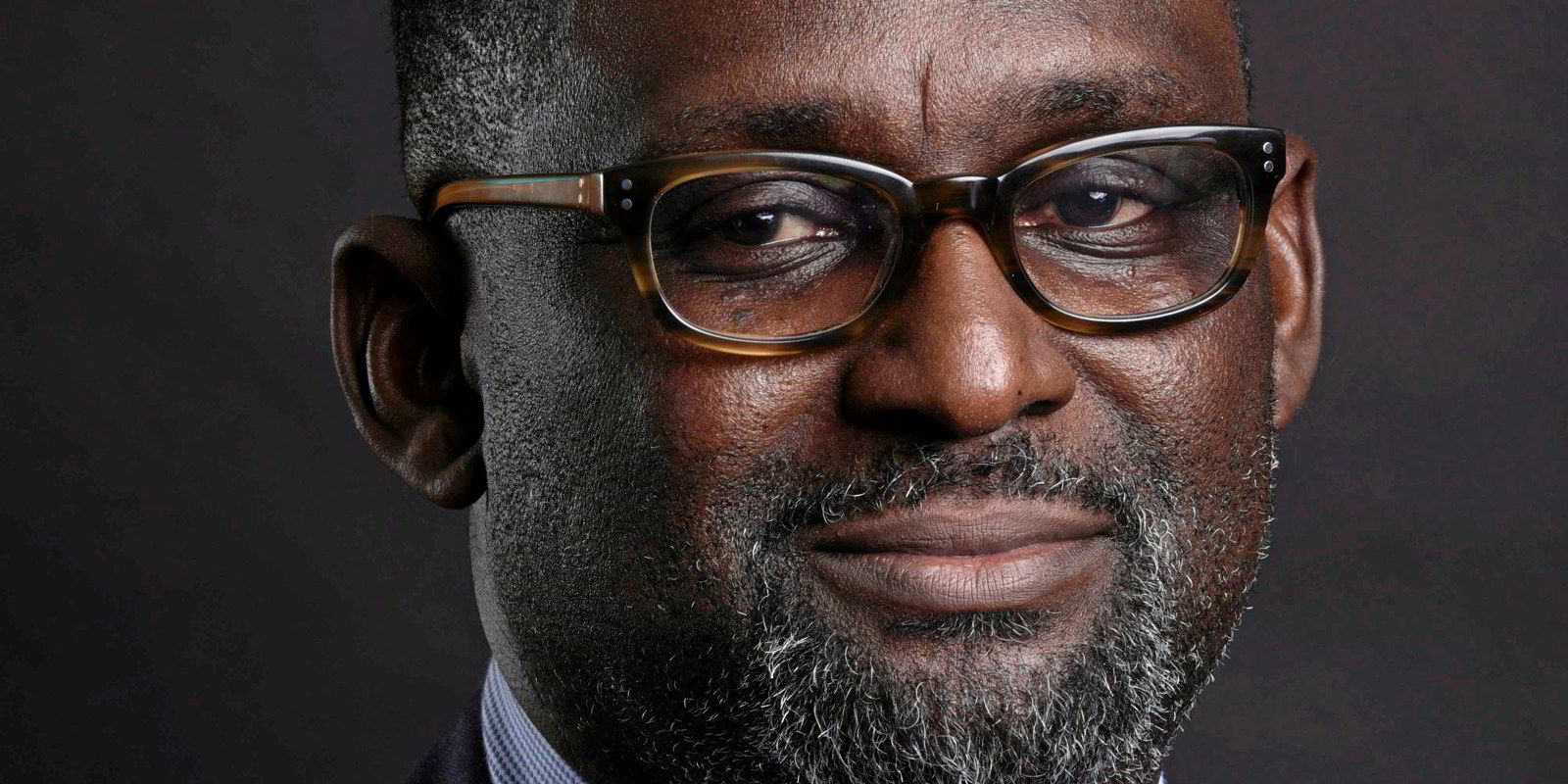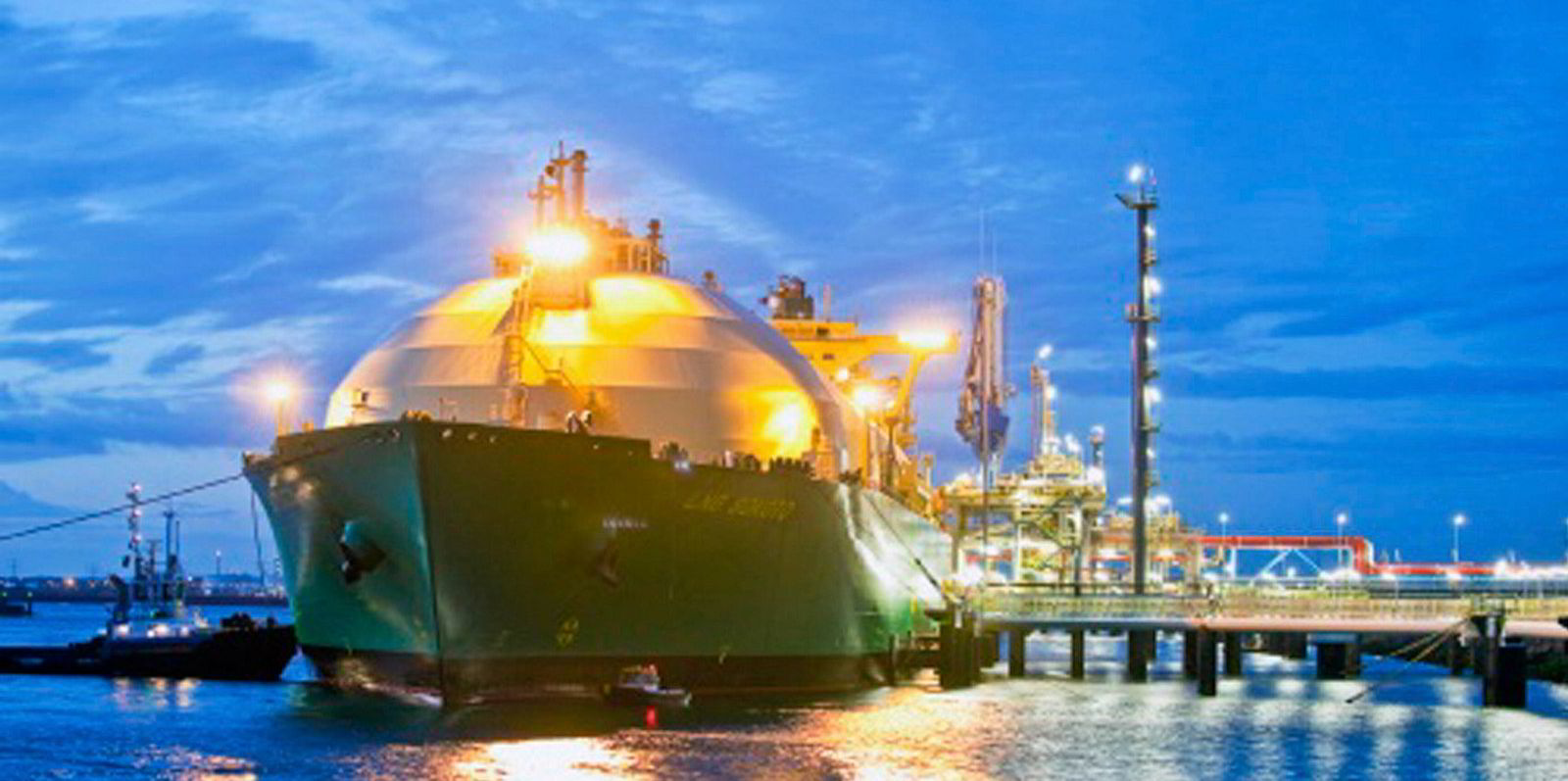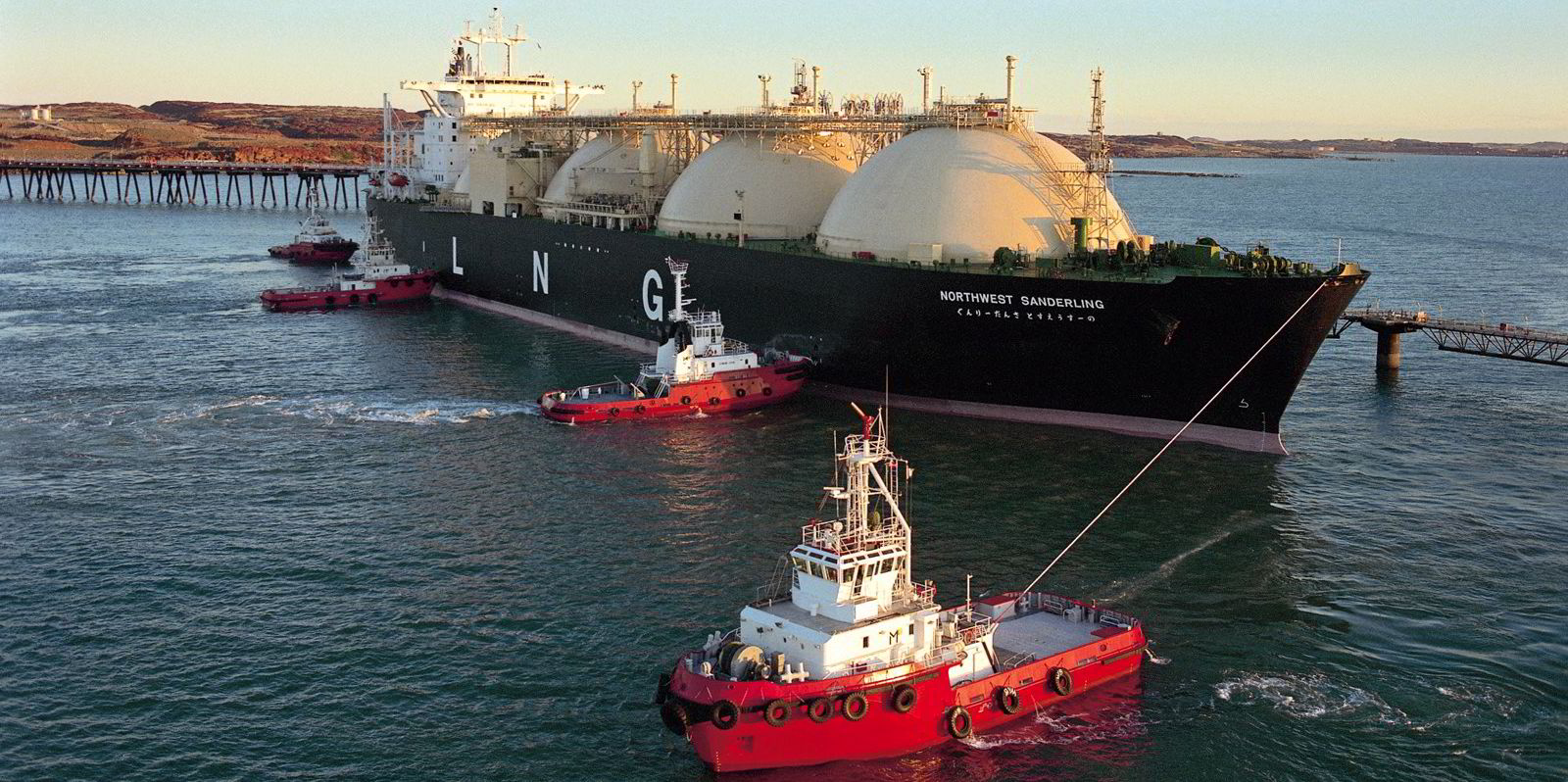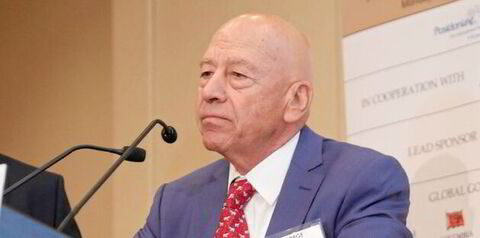Companies operating mixed LNG carrier fleets, comprising vessels of different ages and technologies, have some complex decisions to navigate as new emissions regulations kick in.
West African producer Nigeria LNG (NLNG)’s technical ship management arm NLNG Ship Management Ltd (NSML) is one of those companies but chief executive and managing director Abdulkadir K Ahmed is alive to the incoming changes and deploying a structured approach.
NSML handles a fleet of 23 LNG carriers, chartered to NLNG, and provides technical management to 11: comprising seven steam turbine vessels and four dual-fuel diesel-electric (DFDE) ships.
Ahmed said NSML’s Maritime Centre of Excellence started estimating the Carbon Intensity Indicator (CII) ratings of its vessels in 2022.
“The whole idea is to know where we are and to start working at what we can do to improve,” he told TradeWinds. “It’s also a mindset change. It’s the way you operate the vessels. It is what you can do. It can’t be business as usual, and people need to key into that.”
He sees CII as more about “continuous improvement” rather than the rating. The company has started with a target of a “C” rating for its fleet with the aim of improving this to a “B” and see what can be done beyond this with the improvements in technology and operations.
Ahmed said NSML, which is a subsidiary of NLNG and responsible for the technical management, manning and crewing of the liquefaction project’s Bonny Gas Transport (BGT) LNG fleet and NLNG’s Bonny Island terminal, looks at the fleet from three main perspectives.
The first of these is the efficient operation of the vessels.
Second, the company looks at the options for retrofitting and upgrading the ships so they are able to comply with current regulations. For the steamships, this involves fitting them with speed limiters, which NSML has started.
Third, he said: “But we do recognise that it’s only a matter of time, and compliance becomes quite difficult and that’s where the context of fleet renewal comes into the equation.”
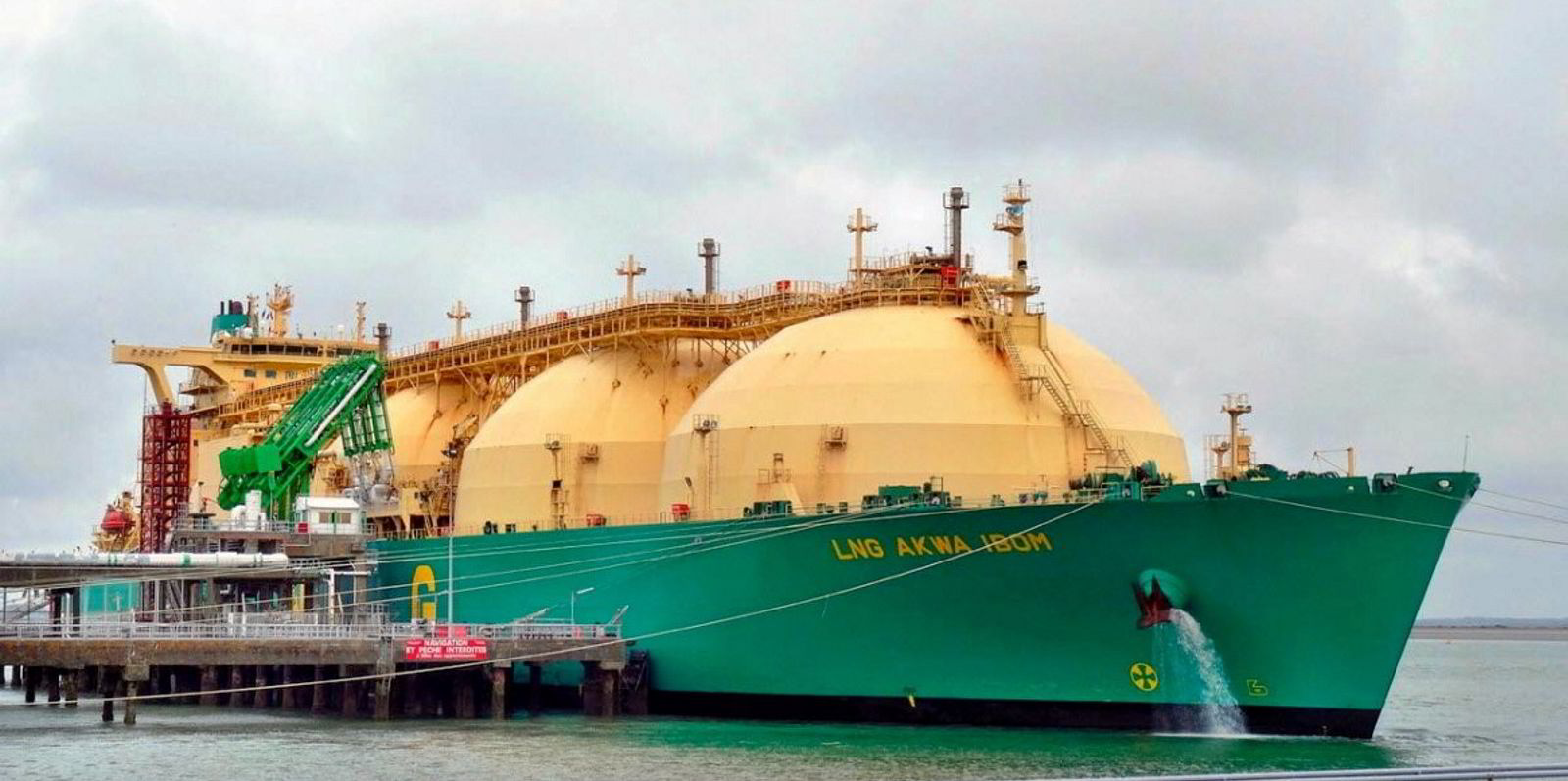
Ahmed said ultimately the steamships will have to be retired from the fleet.
He said he is reluctant to put a timescale on this — which falls within NLNG and BGT’s remit and is linked to the remaining three to five years on the time charterparties on those ships — but indicated this is several years away yet.
The CEO said it is important to recognise the rate of change and stringent nature of regulations within the industry and see beyond simply bringing in new technology.
He said the rate of change requires flexibility in technology, referencing modular concepts being discussed on propulsion systems and other ship components that would allow companies to change-in kit and extend the lifespan of vessels.
Environmental considerations are key for Ahmed. “For me, regulations form the baseline, but I think there is an increase in recognition that we all need to do something with regards to the environment.”
As an operator, he said NSML wants to ensure it runs its vessels in a manner that limits its environmental impact.
But he also pointed out the globally competitive nature of the LNG industry and said it is NSML’s role to see the ships are operated as efficiently as possible.
TradeWinds has written previously about what is still an ongoing process by NLNG to sell two to three of its LNG steamships.
While not specifically speaking about this, Ahmed describes fleet renewal as “an ongoing activity” that every company has to address. He said what has brought the issue to the fore today is the environmental considerations and advances in technology.
On NSML’s four DFDE LNG carriers, Ahmed said NSML is applying the same approach of considering the environment, operating them efficiently and extending their lifespans.
He was hesitant to speak further about plans as he said these are “still evolving” but they will be solutions that are the most cost-effective and efficient.
Ahmed highlighted the speed of technology change, which he said is moving faster than the industry has previously seen.
“That in itself really requires us to be a lot more adaptable and not so rigid,” he said, which in turn has made the company more agile and adaptable.
NLNG, which is still working towards its first environmental, social and corporate governance report, has set itself a target beyond the International Maritime Organization’s ambition. The West African producer is aiming to reduce its greenhouse gas emissions by 60% by 2050.
If parent NLNG does decide to move on any newbuildings, NSML has form. The company, which was set up 13 years ago, was responsible for the design and construction supervision for the six DFDE ships.
Here, Ahmed believes, flexibility and the ability to change things on the vessel will be important aspects to keep pace with the speed of change. But he said decisions will also be governed by NLNG’s commercial model going forward.
